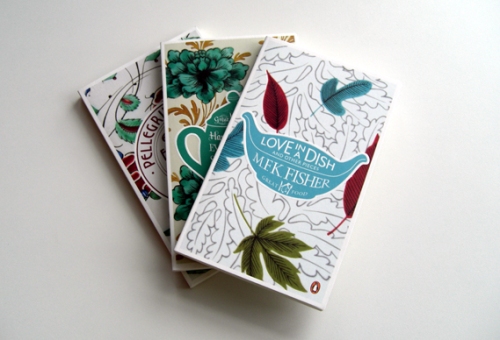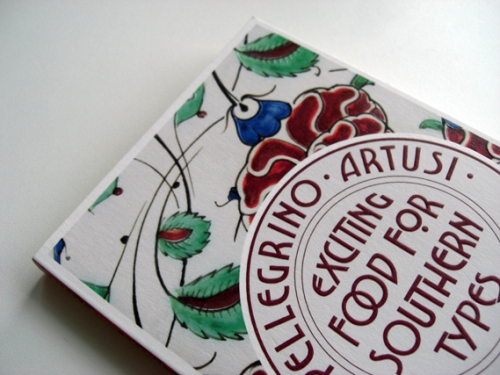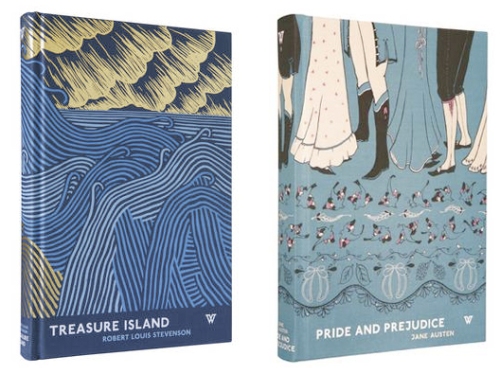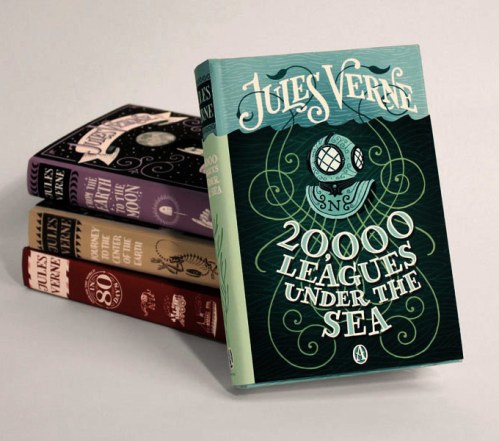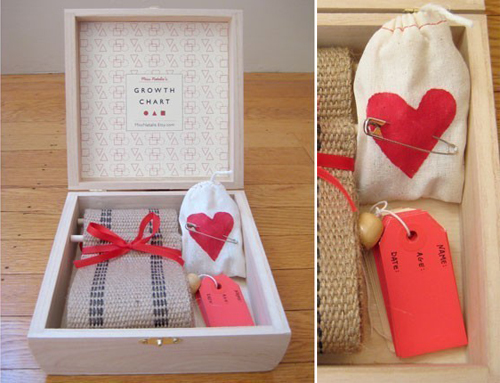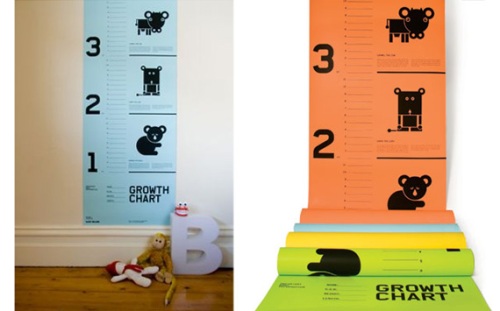
On Monday, the Art Department took a field trip to see the AIGA’s 50 Books/50 Covers of 2009 exhibit. It was a worthwhile show to attend, but I had mixed feelings about it. For one, the non-traditional gallery presentation (above) brought both advantages and challenges. I loved the low bleacher set-up for books, because I could sit and relax while browsing heavier volumes. But the bleachers did the covers a huge disservice; not only did you have to bend down repeatedly to pick up each individual cover, you had to flip the card over to even see the image.
But the main reason that I left ambivalent over the 50/50 exhibit encompassed more of my greater feelings about design in general. Without a doubt, the books on display were creatively inspiring. I loved thumbing through the photos and art, the lavish paper stocks, and the 3-dimensionality of a beautifully-presented package. Books like these make me want to go home, stay up all night and make ART. It makes me feel a little inferior that I’m not doing that kind of work already.
At the same time, though, many of these books get right to the heart of one of my greatest pet peeves: design for design’s sake. Design should always serve a purpose, complement its material, and make content accessible to its consumer. I love design because it places equal importance on being functional AND visually pleasing. But many of the 50/50 books suggest the opposite. Type running into more type, or scattered across the page, or written in tiny Helvetica Bold . . . these things appeal to the hipster art-design community, but aren’t the best solution for the general reader. Go ahead and be as artsy as you want, but please, let it make sense.
That being said, I’ve composed some highlights of the exhibit to present my case. I’ll showcase my favorites, as well as some titles that really made my blood boil.
A perfect example to explain my point? Two books, no type on the cover:
Afrodesiac (AdHouse Books) – Perfectly captures the 1970s exploitation and comic book crazes. The interior contains pictures, not words. Generally all-around badass.
vs.
Manuale Zaphicum (Jerry Kelly LLC) – Yes, the letterpressed interior is absolutely gorgeous, but I found a blank cover for a book about a type designer to be annoying-ironic, not funny-ironic.
See what I mean? Okay, now on to some favorites:
 Pictorial Webster’s (Chronicle Books) – Gimme gimme gimme those vintage engravings!
Pictorial Webster’s (Chronicle Books) – Gimme gimme gimme those vintage engravings!

What Is Affordable Housing? (MTWTF) – A clear, accessible and handy guide that speaks to non-designers, but doesn’t sacrifice a bit of design. Bravo!

Silhouette: The Art of Shadow (Gabriele Wilson Design) – My pick of the “elegant art books”.

The Monsterologist (Sterling) – Oh hey, it’s a children’s book! One of two, the other being Alphabeasties and Other Amazing Types (Werner Design Works, Inc.).

One Million (Think Studio) – Scanning through a million dots is a great way to give abstract numbers some concrete, visual interest. Image
And now, the best-of the pretty, “touchable” books:

The Original Of Laura (Knopf) – A beautiful way to showcase Nabokov’s last notes with removable versions of his original index cards.
For Jean Grolier And His Friends (Jerry Kelly LLC) – This 500-page doorstopper is an exquisite tribute to fine bookmaking, but I don’t feel worthy to flip through it.

Riley And His Story (Matthew Rezac Graphic Design) – The typographic cover made this one stand out, and I love the layered cut-out trim sizes of the the interior pages. A moving book of photographs.

Wine Labels (Eduardo del Fraile) – Using cork as the cover and a vertical trim size are perfect examples of out-of-the-box design that actually make contextual sense.

Edward Gordon Craig (Base) – The slice of bright green peeking out from the inside redeems this from the . . .
Helvetica Wall of Shame!!!
50/50 Designers, why do you so often use Helvetica (or something close to Helvetica), when there are an infinite variety of typefaces in this world?! Is it just so that you can appeal to the hipster, “modern design” consumer with such ease that you don’t have to think about finding something better suited to your project? For shame!
Note: Some of these books are truly great, but it doesn’t save them from THE WALL.
Everybody Dance Now (Pentagram) – The fun rainbow foil makes this “history of the hipster parties” book… but just barely.
D’Apostrophe (ZAGO) – Love the 3-D cover, but there are plenty of other typefaces that “resonate with the notion of geometry and living forms within positive and negative space.”
MEC (Mevis & van Deursen with Danielle Aubert) – Juror’s comments: “The design and type selection are as cerebral as the work”. Enough said.
Fabrizio Giannini: Live Without Dead Time (Sidi Vanetti) – Akzidenz-Grotesk = same thing.
SVA Undergraduate Catalog 2010/11 – Also in the “almost-Helvetica” doghouse, but props to them, because I can’t help but look at this book and get jealous. Why did Pratt give us nothing like SVA’s promotional material?
At this point, you may be asking, do I just have an illogical beef with hipster design and sans-serifs? Maybe. Luckily, this is my blog, and I get to rant about it here.
 The Pleasures of Slow Food by Corby Kummer (Chronicle Books, 2002). – This glamorous coffee-table volume takes a warm glimpse into the “slow food” movement – where hand-crafted cooking methods enjoyed among company take the place of modern American fast-food culture. I can only hope that I’ll get around to cooking soft-shell crab bisque or pickled herring with apples and creme freche, because the photos are absolutely drool-worthy!
The Pleasures of Slow Food by Corby Kummer (Chronicle Books, 2002). – This glamorous coffee-table volume takes a warm glimpse into the “slow food” movement – where hand-crafted cooking methods enjoyed among company take the place of modern American fast-food culture. I can only hope that I’ll get around to cooking soft-shell crab bisque or pickled herring with apples and creme freche, because the photos are absolutely drool-worthy!




































